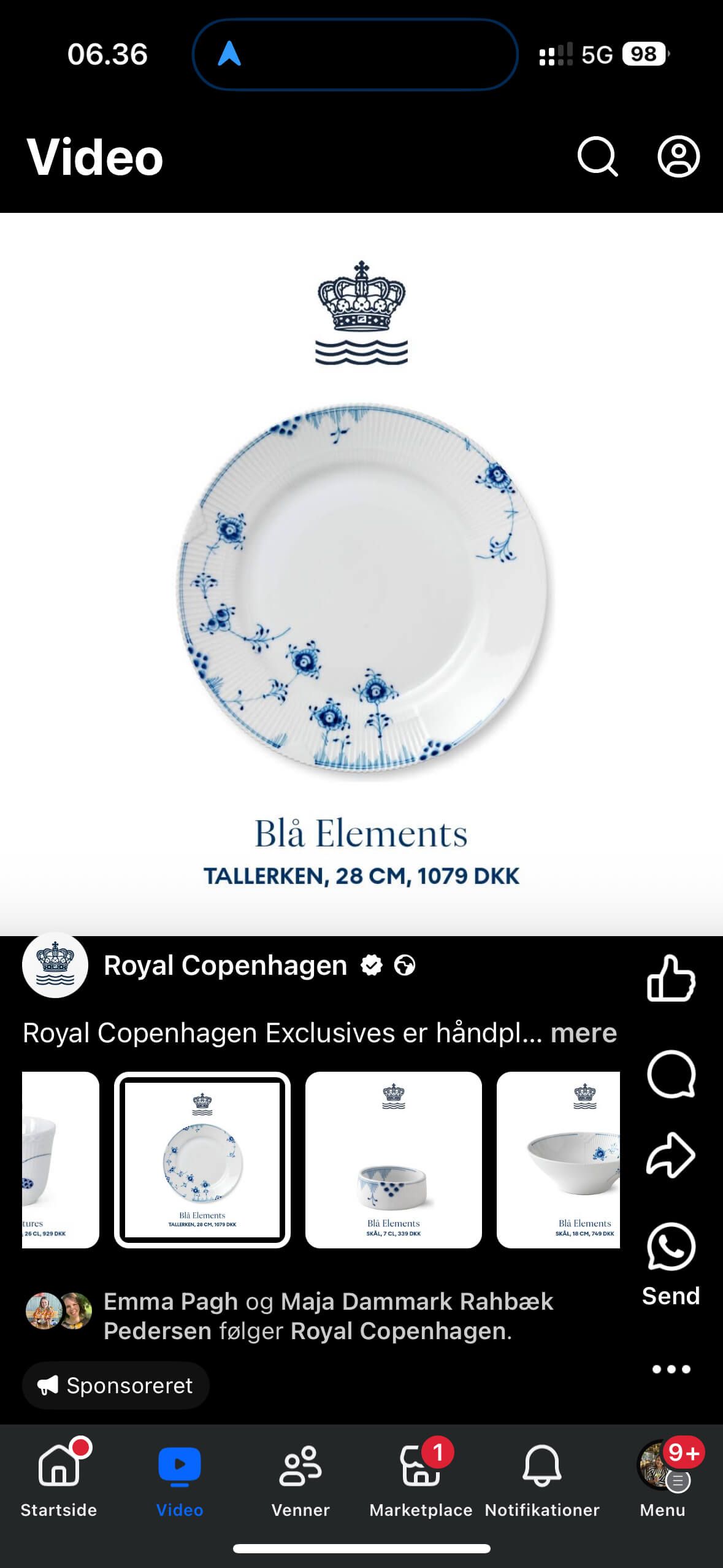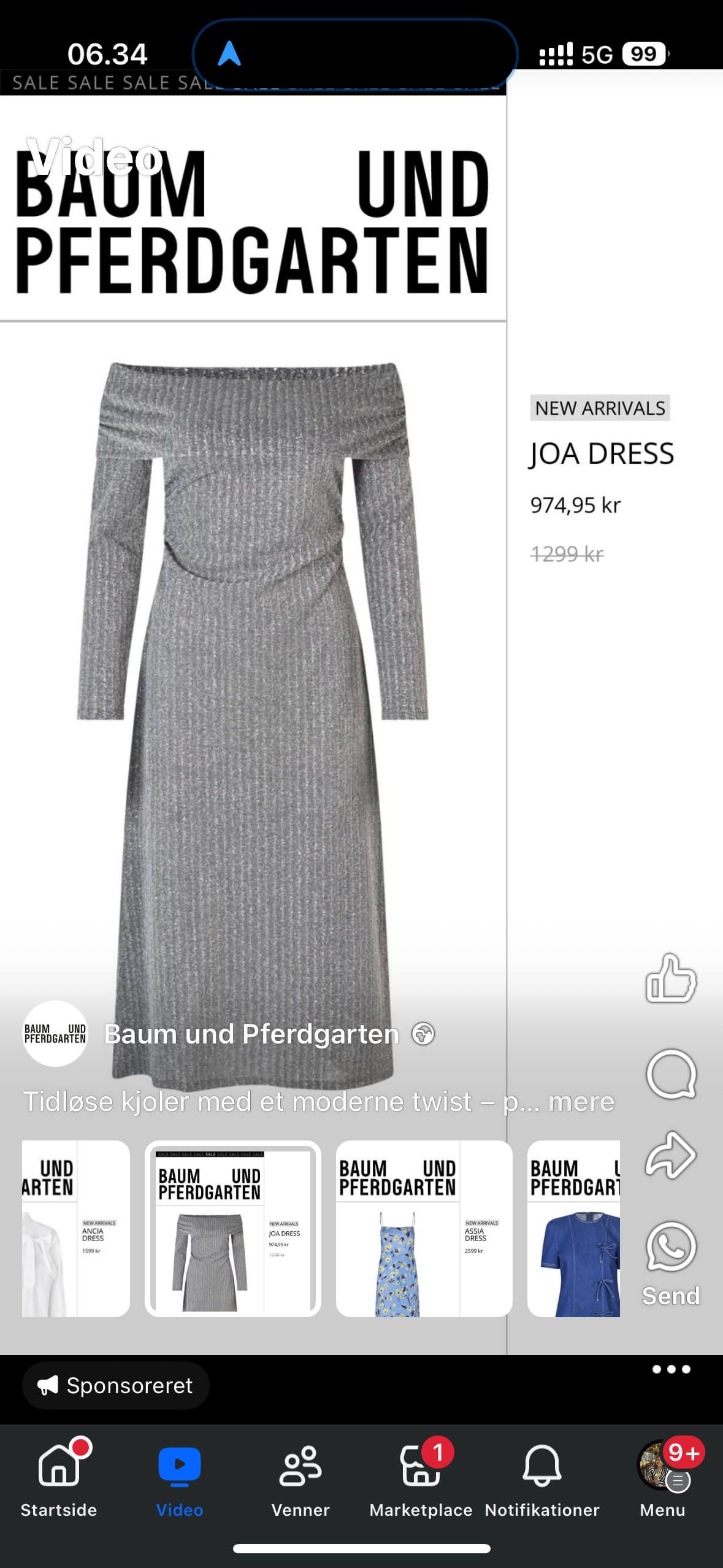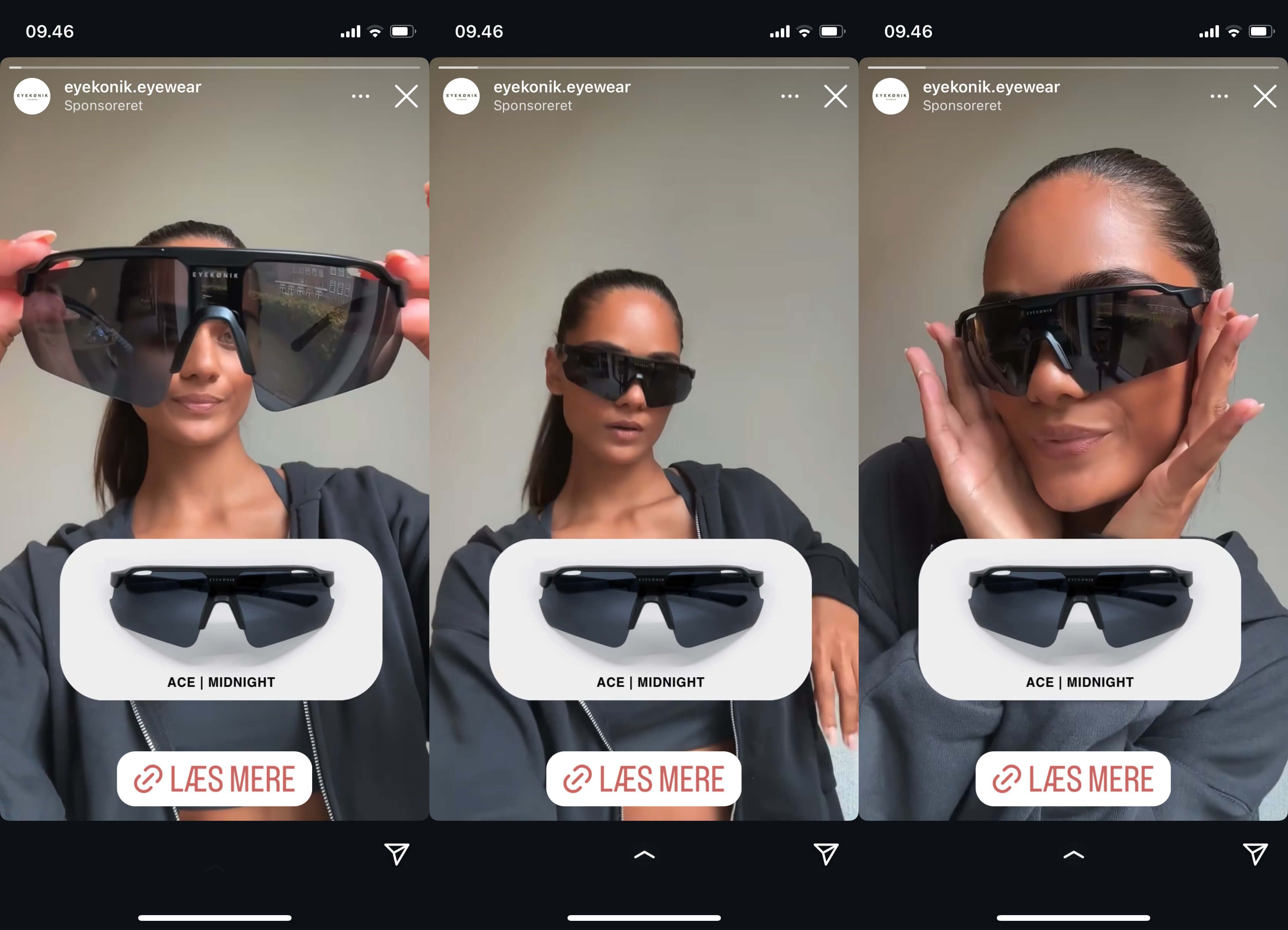Dynamic Video Ads
June 4, 2025
What Are Dynamic Video Ads?
Dynamic video ads are personalized video ads for products that automatically adapt based on a viewer’s intent behavior, preferences, location, and other contextual data.
Rather than creating dozens (or even hundreds) of individual videos for each product, marketers can create a single video template and use automation to fill in specific elements like product images, pricing, names, or locations. These changes occur in real time or near real time. Think of it like the video version of dynamic display ads. Instead of just swapping out a product image or title in a banner, you’re customizing entire scenes or overlays in video format, providing your audience a more relevant, albeit tailored experience that still appears seamless and of high quality.
Key Features of Dynamic Video Advertising
Dynamic video ads are known for their ability to be both creative and data-driven. They blend the emotional impact of video with automated personalization. Advertisers can tailor everything from visuals and messaging to call-to-action buttons, all while maintaining the structure of a high-quality video. These personalized elements do not require rebuilding the entire video every time. Most dynamic video ads use a modular structure: an intro, a core message, and an outro.

Benefits Compared to Static and Traditional Video Ads
Traditional video ads are one-size-fits-all, meaning a lot of time and money can be poured into a polished piece of content, with only the hope that it resonates with a broad audience. Dynamic video ads flip that script. Because the content changes depending on the viewer, it feels much more personal. That unique relevance often leads to higher engagement and conversion rates.
How Dynamic Video Ads Are Created
Instead of manually producing dozens of videos for different audience segments, advertisers design one core video and define dynamic fields where personalized content will appear. These dynamic elements are populated using customer data, often in the form of browsing behavior, purchase history, and/or demographics, often pulled from CRMs or tracking tools.
Use of Templates and Automated Content Insertion
At the heart of dynamic video ad creation is templating. You start with a master video file, then define "dynamic fields" - the parts that will change for each viewer. These fields could include facets like product images, pricing, product names, or time-sensitive offers.
Software inserts the personalized content into these placeholders during ad generation, so you don’t have to manually edit each version. Templates give you consistency in branding and structure while freeing you to run personalized campaigns at scale.
Leveraging Customer Data and Behavior
What makes dynamic video truly “dynamic” is the data behind it. Brands pull in first-party data, such as website activity, email engagement or past purchases.
For instance, a frequent shopper might be shown a loyalty discount, while a new visitor will see Best Platforms for Running Dynamic Video Ads
Facebook and Instagram
Meta’s platforms are among the most popular for running dynamic video ads, thanks to their algorithm having been trained to capture literal exabytes of data. They also include built-in audience data. Dynamic creative tools within Meta Ads Manager make it rather easy to build video variations, test them, and optimize them based on performance. If your product catalog is connected via Meta's Commerce Manager, you can automatically populate your video ads with real-time product info, making them ideal for e-commerce brands.

Programmatic Advertising Platforms
Beyond social media, dynamic video ads are increasingly run through programmatic platforms like Google Display & Video 360, The Trade Desk, or Adform. These platforms allow advertisers to serve personalized video across websites, mobile apps, and even connected TV. This, combined with real-time bidding and laser-precision targeting, programmatic dynamic video ads offer incredible reach with hyper-specific relevance.
Benefits of Using Dynamic Video Ads
Here are just a select few of the benefits of using dynamic video ads:
Higher Engagement and Conversion Rates
Dynamic video ads consistently outperform static video in key metrics like click-through rate (CTR), view-through rate (VTR), and conversion rate, and the reason is simple: people pay more attention to ads that feel relevant to them. When someone sees a product or a message that aligns with their interests or recent online behavior, they’re more likely to engage with it.
Personalized Messaging at Scale
You can also tailor your message to individual users without creating separate campaigns for every audience segment. Whether you’re running a campaign for 100 customers or 1 million, each viewer can experience a version of the ad that speaks directly to them.
Improved Return on Ad Spend (ROAS)
The dual combination of personalization and automation allows brands to waste less ad spend on irrelevant impressions. It is no longer merely blasting your message to everyone. Rather, you are targeting the right people with the right message at the right time. This leads to more efficient campaigns and stronger performance, especially for direct response goals.
Use Cases for Dynamic Video Ads
E-commerce Product Promotions
Retailers often favor dynamic video ads because they allow them to showcase real-time pricing, availability, and featured items based on browsing behavior. A user who looked at a specific product category can be retargeted with a video showing that exact product or complementary items automatically. With advancements in machine learning, this will only grow more precise.
Travel and Hospitality Offers
In the travel industry, dynamic video ads are used to show different destinations, hotel packages, or seasonal deals based on user interest. If someone searched for beach vacations, they might see palm trees and ocean views, while a winter sports enthusiast would receive a ski-themed offer. It's visually engaging and hyper-relevant.
Automotive and Real Estate Listings
Car dealerships and real estate firms also lean toward dynamic video to promote specific vehicles or properties. Videos can show exact model specs, pricing, availability, and even dealership locations, all while being tailored to the viewer’s geography and browsing history.
Creative Best Practices for Dynamic Video Ads
There are a few “best tactics” when it comes to creating dynamic video ads. Here are a few:
Designing Effective Video Templates
Your video template should be visually appealing but modular enough to accommodate changes. Keep variable elements (like text overlays or product shots) in clearly-designated sections, and make sure transitions are smooth regardless of the content inserted. This allows for the plugging in of new assets without having to redesign the entire template.
Keeping Videos Short and Engaging
Attention spans are short (roughly less than that of a goldfish), especially on mobile. Aim for 6 to 15 seconds whenever possible. Hook the viewer within the first 3 seconds and keep the content focused and actionable. Too much complexity can dilute the message and hurt performance. Lastly, utilize sub-hooks, where throughout the video, you continually reinforce the main hook.

Optimizing for Mobile Viewing
Most video views occur on mobile devices. Design with vertical formats in mind, use large fonts for readability, and ensure that all CTA buttons are easy to see and tap. Don’t forget to test with and without sound (many users watch videos muted, so captions and visual storytelling matter).
Dynamic Video Ad Targeting Strategies
Retargeting Based on User Behavior
Dynamic video ads are ideal for retargeting. If someone visited a product page but didn’t purchase, you can retarget them with a video showing that same product, and be creative: add a limited-time discount, or throw in an extra item for free. Retargeting is a gentle reminder that often nudges people over the buying line.
Geo-targeting and Demographic Segmentation
Tailoring offers by city or highlighting local inventory is a practice known as “geographic personalization.” Demographics like age or gender can also help fine-tune your messaging, for example, showing different imagery or benefits to different segments.
Leveraging CRM and First-Party Data
Upload your CRM lists to ad platforms and use that data to fuel the fire of personalization. This can be done by showing different videos to new versus returning customers or rewarding loyalty members with exclusive content. First-party data is a goldmine for dynamic video targeting.
Common Challenges and How to Overcome Them
These are just a select few of the common challenges you may encounter:
Creative Fatigue and Automation Errors
When running large-scale campaigns, creative fatigue is natural. People get used to seeing the same layout or format. Refresh your templates periodically and vary your dynamic fields to keep everything fresh. Double-check your data sources to avoid awkward automation errors, like mismatched names or incorrect pricing. Lastly, use analytics wisely to determine what works and what doesn’t. The best predictor of future performance is past performance.
Data Privacy and User Tracking Concerns
With increasing privacy regulations, be cautious about how you use personal data. Always comply with platform policies and regional laws like GDPR and CCPA. Use anonymized and aggregated data where possible and disclose any data usage in your privacy policy.
Platform-Specific Limitations
Not every platform supports every feature. For example, what works on Facebook might not translate directly to YouTube or connected TV. Be aware of specs, limitations, and creative constraints for each channel, and tailor your approach accordingly.
Find out how Catalog Sales campaigns help you showcase your products and drive conversions here.
Try Confect for Free
Confect can help you to create great-looking Catalog ads and Dynamic Product ads for Facebook, Instagram, TikTok, Snapchat and Pinterest.
